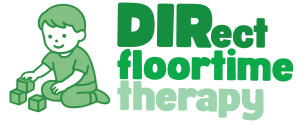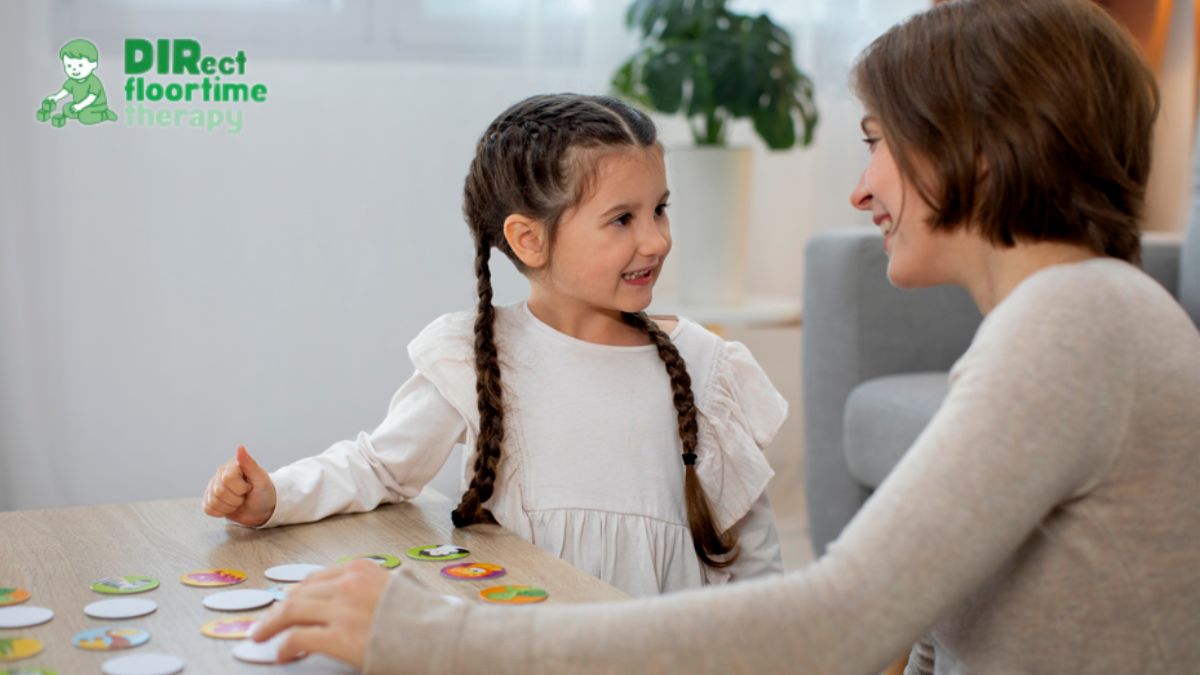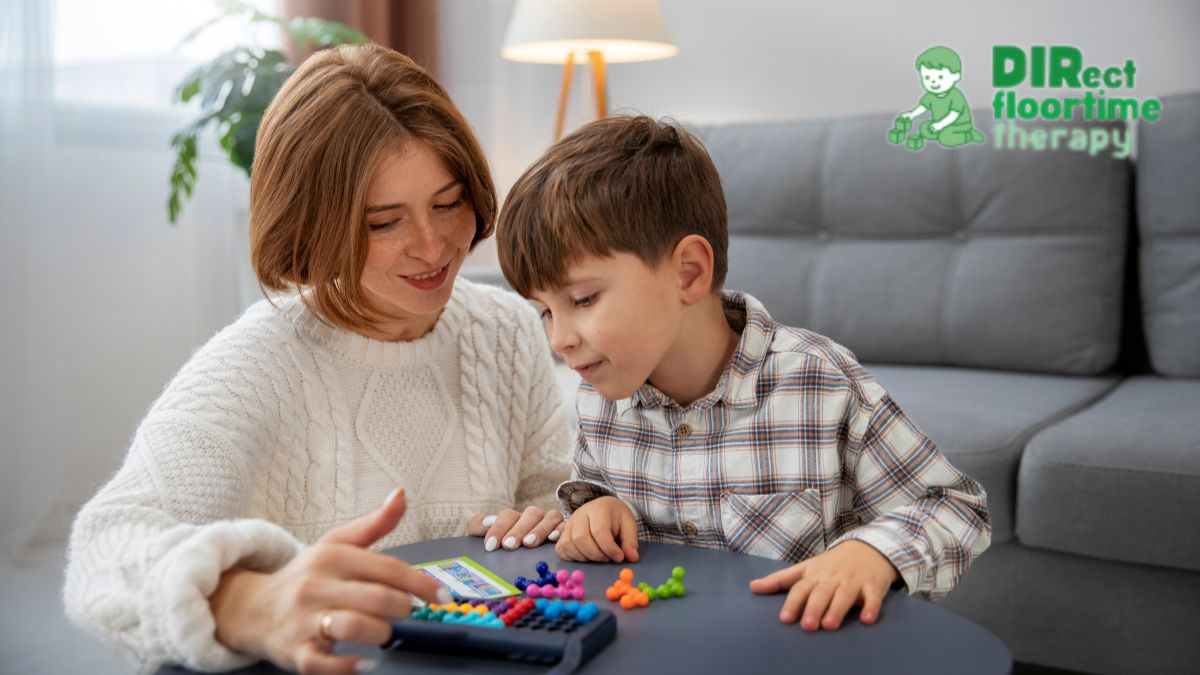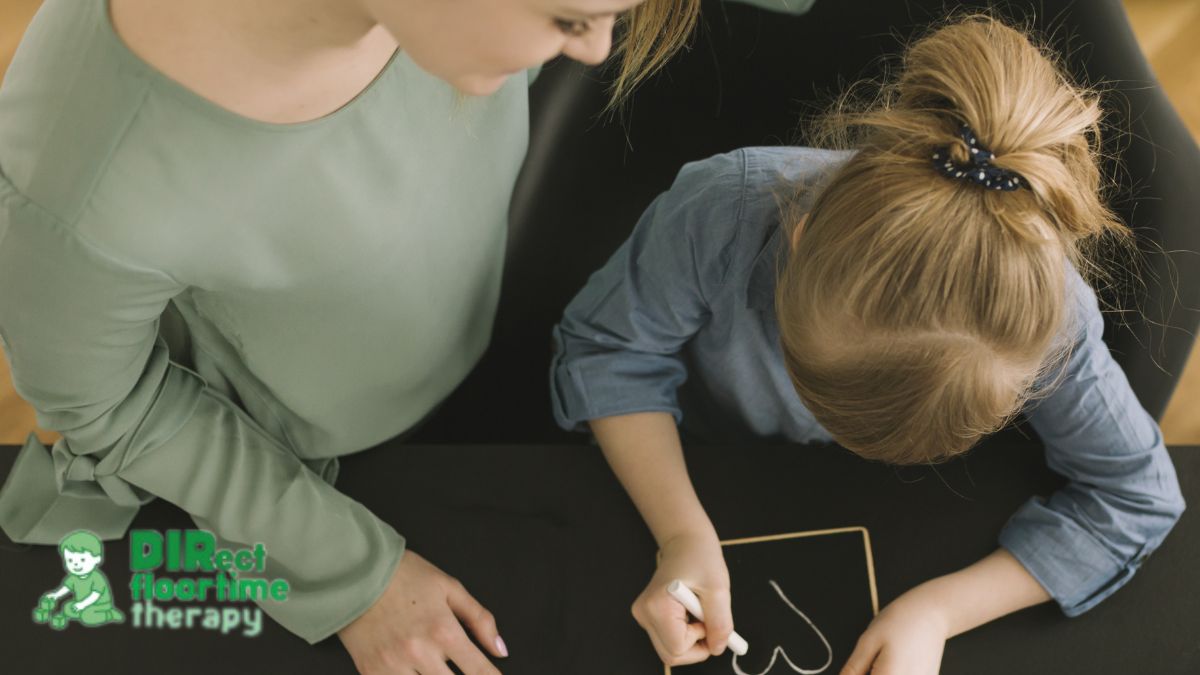Key Points:
- Combining behavior therapy, parent training, and family sessions strengthens relationships, improves social skills, and empowers children to thrive at home, in school, and with friends.
- One-on-one behavioral therapy helps children with ADHD build focus, self-regulation, and confidence through tailored guidance and step-by-step skill practice.
- ADHD parent training equips caregivers with strategies to reinforce positive behavior, set routines, and manage challenges effectively, boosting family harmony.
Parenting a child with ADHD can sometimes feel like steering a boat through shifting winds. One moment, everything is calm; the next, waves of energy, distraction, or impulsivity rock the ride. But what if there was a way to harness that energy and guide it in a direction that helps kids thrive? That’s where behavioral therapy for ADHD comes in. Research shows that one-on-one support gives children the tools to manage emotions, stay focused, and succeed in school and beyond. Add in parent training, and the results can be even more powerful. Parents become active partners in shaping daily routines, teaching coping strategies, and building confidence. Curious how it all works? Let’s explore the benefits together.
The Power of One-on-One Support
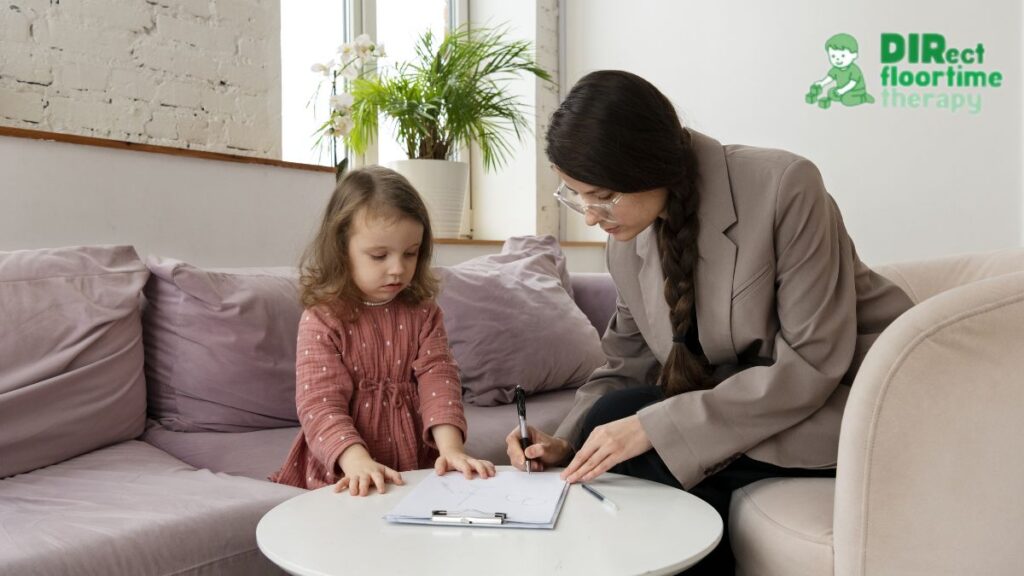
Studies keep proving it: kids with ADHD flourish when they get individualized attention. In fact, a University of Exeter and University College London review of 28 clinical trials with over 1,800 children found that one-on-one interventions focusing on self-regulation led to the biggest improvements in both academic performance and ADHD symptoms.
Why is this so effective? One-to-one sessions eliminate distractions and give children the chance to learn skills step by step. Instead of blending into a group, the child receives tailored guidance that matches their pace, personality, and needs.
Imagine a child learning how to pause before reacting when frustrated. In a one-on-one setting, the therapist can model, practice, and reinforce the skill until it becomes second nature. That’s not just theory—it’s practice in action.
Behavior Therapy for ADHD: List of Techniques
So, what exactly happens in therapy? Behavior therapy for ADHD is a structured way of teaching kids how to replace challenging behaviors with helpful ones. Here are some proven techniques:
- Positive reinforcement—Kids earn rewards, praise, or privileges for desired behavior. Think of it as spotlighting what’s going right.
- Clear rules and routines—Predictability makes life easier for kids who struggle with impulsivity. Simple house rules, posted on the fridge, work wonders.
- Role-playing—Acting out real-life situations, like asking for a turn on the playground, helps children practice social skills.
- Daily report cards—Teachers and parents collaborate to track progress and encourage consistency.
- Modeling calm responses—Therapists show kids how to pause, breathe, and choose actions instead of reacting on impulse.
These aren’t abstract ideas—they’re everyday ADHD behavior therapies that help children focus on wins rather than setbacks. According to the CDC, behavior therapy works especially well when parents are involved early, particularly for children under 12.
Toddler Behavioral Therapy: How Is It Different, and What Are the Methods Used?
When it comes to toddlers, therapy looks different. At this age, children don’t yet have the self-control to manage impulses on their own. That’s why the spotlight shifts to parents.
Methods for toddlers often include:
- Parent-child interaction therapy (PCIT): Parents learn to give clear commands and reinforce positive behavior during play.
- Structured play therapy: Games with built-in rules, like waiting for a turn, build early self-regulation.
- Visual cues: Charts, stickers, and pictures guide routines like bedtime or cleanup.
Research shows parent-led behavioral therapy works better than medication for kids under six. Why? Because it equips families with skills that outlast temporary fixes. By focusing on structure, praise, and consistency, toddlers learn how to navigate big feelings in small steps.
Family Therapy for ADHD: How Does It Help?
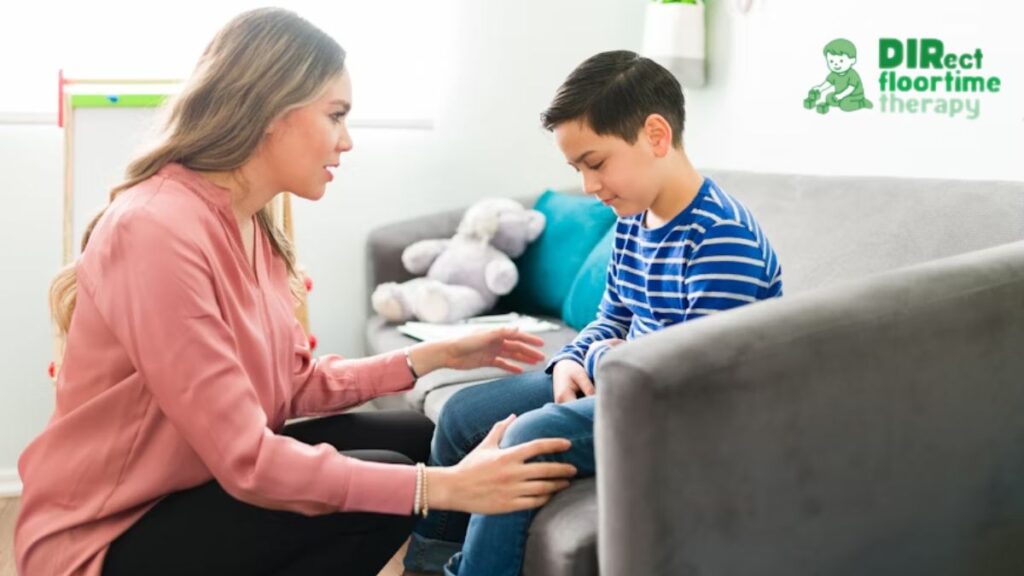
ADHD affects more than just the child—it touches the whole family. Siblings, parents, and even grandparents feel the ripple effect. That’s where family therapy for ADHD comes in.
This approach strengthens family bonds while teaching strategies that work across the board. Picture a family practicing conflict resolution together: the child learns how to express frustration without yelling, while parents practice patience and consistent feedback.
Benefits often include:
- Fewer daily conflicts
- Better teamwork between parents
- Smoother routines at home
- Increased empathy between siblings
When everyone speaks the same “language” of support, a child no longer feels singled out. Instead, they feel like part of a team working toward growth.
Parent Training for ADHD: Why Does It Matter?
Here’s a fact worth remembering: therapy is most effective when parents take an active role. Known as ADHD parent training or behavioral parent training, this process equips parents with tools to support their child day to day.
Experts recommend that children under 6 begin with parent training before medication is considered. Why? Because parents are the child’s first teachers. A consistent response from a parent builds skills faster than occasional lessons in a clinic.
Key takeaways from parent training include:
- How to set clear expectations without overwhelming the child
- How to use praise strategically so positive behavior is reinforced
- How to apply consistent discipline that teaches rather than punishes
- How to stay calm under pressure when energy levels run high
Studies from the CDC confirm that parent behavior management training boosts a child’s behavior, self-control, and self-esteem. It also reduces stress in the household, giving parents confidence in their role.
A Quick Look at Core Interventions
To keep things clear, here’s a snapshot table of interventions and who benefits most:
| Intervention | Best for | Core Benefit |
| One-on-one therapy | School-age children | Builds self-regulation and focus |
| Toddler behavioral therapy | Ages 2–6 | Structures routines, boosts early skills |
| Family therapy for ADHD | Whole household | Strengthens relationships and routines |
| Parent training for ADHD | Parents of any age child | Empowers parents to guide behavior |
Why Behavior Therapy for Kids Stands Out
Unlike quick fixes, behavior therapy for kids teaches lifelong skills. Medications can help with focus, but their effects stop once the dose wears off. Therapy, on the other hand, builds habits that last.
Think of it as teaching a child how to ride a bike instead of giving them a ride to school. Once the skill is learned, it never goes away.
In fact, children who receive early behavior therapy often show better academic performance, improved social skills, and stronger emotional control as they grow. That’s a powerful foundation for future success.
Parenting a Child with ADHD: A Journey, Not a Sprint
Parenting a child with ADHD can be both rewarding and challenging. With parent behavior therapy training, that journey becomes smoother. Instead of feeling reactive—constantly managing disruptions—parents learn to anticipate challenges and turn them into teachable moments.
Does it take effort? Yes. But the payoff is seeing your child succeed in school, build friendships, and grow into their unique potential. As one study from the National Institute of Mental Health shows, children whose parents completed training programs had fewer outbursts and more cooperative behavior both at home and in classrooms.
What parent wouldn’t want that kind of progress?
Real-Life Example: Daily Report Cards in Action
Here’s a practical scenario. A third-grader with ADHD struggles to stay seated during class. His teacher and parents implement a daily report card system. Each day, he earns a star when he meets the goal of staying seated during reading time.
At home, his parents celebrate each star with a high-five or a few minutes of his favorite game. Over time, those stars turn into a streak of success. Instead of being reminded of what went wrong, he gets excited about what went right.
Small changes like this create big results—boosting confidence and keeping kids motivated.
How ADHD Parenting Creates Lasting Change
When parents gain confidence, children mirror it. This is the heart of ADHD parenting. It’s not about being perfect—it’s about being consistent. With clear boundaries and positive reinforcement, kids learn how to navigate their world with less frustration.
Families who commit to behavioral parent training often report stronger connections, more laughter, and fewer power struggles at home. Over time, this creates an upward spiral of progress where both child and parent grow together.
FAQ
1. Can one-on-one therapy replace medication for ADHD?
Not always. Some children benefit most from therapy alone, while others thrive with both therapy and medication. The goal is skill-building that lasts.
2. What’s the difference between behavior therapy and cognitive behavioral therapy (CBT)?
Behavior therapy focuses on shaping actions through reinforcement. CBT also addresses thoughts and feelings that drive behavior.
3. How soon can parents see changes from training?
Many notice progress within a few weeks, especially when strategies are practiced consistently at home.
4. Can toddlers really learn self-control through therapy?
Yes—when parents lead the way. Simple strategies like visual cues and structured play help toddlers build early regulation skills.
5. Is family therapy only for conflict resolution?
No. Family therapy also strengthens routines, boosts empathy, and creates a shared language of support that benefits everyone.
Helping Your Child Shine Beyond ADHD
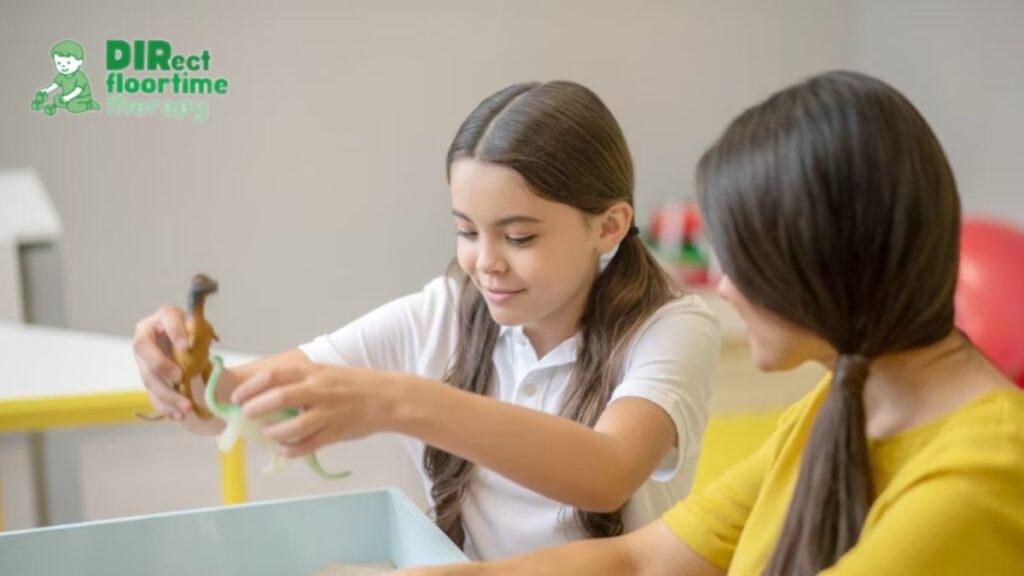
The benefits of one-on-one therapy for ADHD go far beyond symptom management. From behavior therapy for ADHD sessions to parent training for ADHD, every step builds stronger connections and lifelong skills. With Direct Floortime Therapy, parents learn how to become confident guides, and children discover tools that strengthen relationships at home, in school, and with friends. Families in South Jersey especially benefit from this personalized approach, as Direct Floortime Therapy fosters growth while keeping each child’s unique needs at the center.Is it worth taking the first step? Absolutely. Each session, every practice moment, and every high-five moves your child closer to thriving. Don’t wait—reach out to us today and see how this tailored therapy can empower your child to shine brighter than ever.
